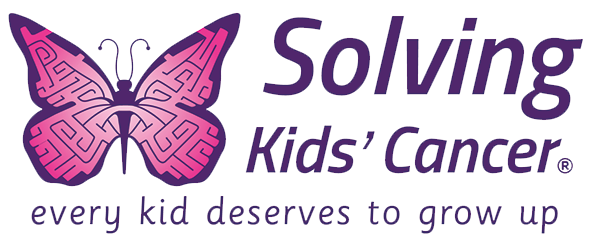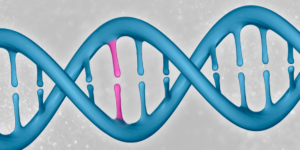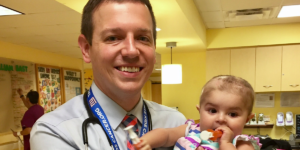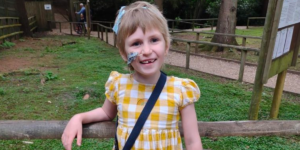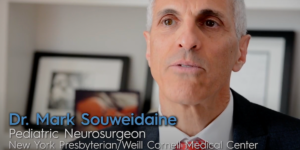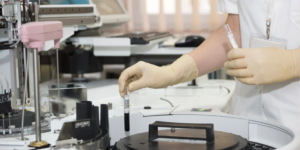THE LATEST
Childhood Cancer Predisposition Syndromes
Each year over 10,000 children will be diagnosed with cancer in the United States, and cancer remains the number one cause of death from disease in children. While this is alarming, scientists and doctors are making significant progress in developing new treatments and discovering the etiology of various cancers. This article covers the basics of…
September Childhood Cancer Awareness Month: Lace Up for Kids 2022
Each year, more than 400,000 children around the world are diagnosed with cancer; however, advancements in care and treatment have, in many cases, not changed in decades. That’s why we’re determined to change the future for kids with cancer and their families. Join us this September Childhood Cancer Awareness Month, as we all shine a…
ETMR Brain Cancer: Advancing Treatment Protocol
Embryonal tumor with multilayered rosettes (ETMR) attacks the youngest, most vulnerable patients — infants. In fact, 92% of patients affected by ETMR brain cancer are under the age of three at diagnosis. For the first time, experts are addressing the challenges of ETMR and developing the first treatment protocol with international collaboration. This article covers…
Childhood Medulloblastoma Cancer
What is Medulloblastoma Cancer? Medulloblastoma cancer is an aggressive brain tumor that originates in the brain’s cerebellum — an area that regulates a person’s balance and sense of equilibrium. According to the National Library of Medicine, “Medulloblastoma is the most common malignant brain tumor in children, constituting nearly 20% of all pediatric brain tumors.”1 While…
A Neuroblastoma Journey: From Diagnosis to MiNivAn Trial
Poppy was just shy of her fifth birthday when she started experiencing pain in her legs, increasing lethargy and a diminished appetite. As her leg pain worsened, her mother called Poppy’s primary care provider to request an appointment. The doctor ran blood tests and sent the family home. Days later, Poppy’s mom, Claire, received a…
Advancing DIPG Cancer Research & What It Means for Patients
Diffuse intrinsic pontine glioma (DIPG) tumors are extremely difficult to treat due to their anatomical location. But advancements in research and greater DIPG awareness are leading to more hope for patients with this type of rare pediatric brain tumor. This article covers the basics of DIPG cancer, what advancements in research mean for patients, and…
Fertility Issues for Childhood Cancer Survivors
When pediatric cancer patients are fighting for their lives, parents have to stay laser-focused on the here and now. As a result, there is often little room for thoughts about the late effects of cancer treatment on children— including fertility preservation for cancer patients. But according to Dr. Sogol Mostoufi-Moab, MD, MSCE, a dual-certified pediatric…
CME Sessions Can Also Benefit Parents
CME (Continuing Medical Education) sessions or activities serve to maintain, develop, or increase the knowledge, skills, and professional performance and relationships that a physician uses to provide services for patients, the public, or the profession. SKC occasionally participates in sponsored CME sessions for researchers and healthcare professionals. The following sessions may be of interest to parents.…
Orphan Drugs & Their Impact on Rare Childhood Cancers
Having a child with rare cancer that has no established treatment protocol can leave you feeling like you have nowhere to turn. But as science continues to progress, new and innovative cancer treatments are becoming more available. These treatments are called orphan drugs, and in this article, we explain what they are, how the US…
